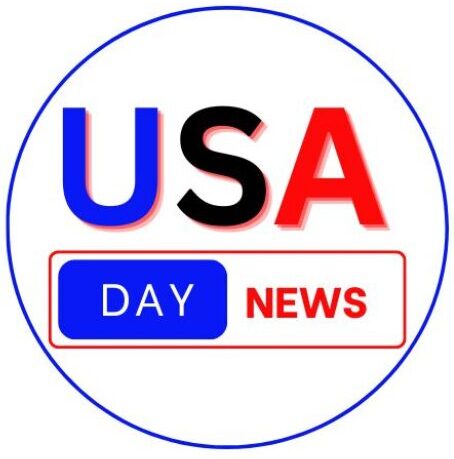Economic Uncertainty Surges Amid Rapidly
Economic Uncertainty Surges Amid Rapidly : The U.S. economy is facing an unusually chaotic and uncertain period under former President Donald Trump, driven by a fast-moving and sometimes ambiguous policy landscape. A combination of tariffs, spending cuts, a government shutdown and other unpredictable factors has made it difficult for economic forecasters to make accurate predictions.
Despite years of defying expectations, there is no guarantee that the U.S. economy will continue to be resilient. Analysts warn that a combination of policy shifts could put downward pressure on growth. Many economic forecasters are cautious about their GDP and inflation forecasts, acknowledging that their models cannot fully account for all the policy changes that are taking place.
Brian Gardner, chief Washington strategist at Stifel, likened the challenge to “drinking from a fire hose,” saying that predicting economic trends is now “historically difficult.” The Atlanta Federal Reserve’s GDPNow model, which estimates GDP in real time, suggests the economy is contracting sharply. While this is an overstatement, it highlights the deep uncertainty surrounding economic forecasts.
Trump’s ongoing trade wars, particularly with North America and China, continue to pose risks. While automakers have received short-term relief from tariffs on Canada and Mexico, uncertainty about what will happen after the delay remains worrisome. More tariffs are expected, including a major retaliatory trade plan set for April 2.
Tens of thousands of federal workers have already been laid off or agreed to buyouts, and more job losses are expected. While government employees make up a small portion of the workforce, reduced federal contracts could create turmoil in the private sector, with broader economic consequences.
Congress faces a March 14 deadline to pass a budget and avert a government shutdown. Republicans have aimed to cut spending to pave the way for Trump’s economic agenda, but this will require politically sensitive cuts to entitlement programs. A prolonged shutdown could disrupt economic data collection, making it harder to measure the impact of these changing policies.
Some business leaders believe that extending Trump’s initial tax cuts could help offset the economic pain from the trade wars. However, concerns about the growing deficit could limit the prospects for such extensions. In a recent speech, Trump proposed eliminating taxes on tips, overtime and Social Security benefits, as well as making interest on US-made car loans tax-exempt. The construction industry has warned that the layoffs could significantly reduce the labor supply, leading to higher costs and a slowdown in key infrastructure projects.
The Federal Reserve has adopted a cautious “wait and see” approach as inflation remains stable and White House policies fluctuate. Some economists argue that tariffs could increase inflation and slow economic growth, arguing that the Fed will have to choose between raising rates to curb inflation or lowering them to support growth.
Amid these immediate economic concerns, companies are rapidly integrating artificial intelligence (AI) into their business models. Investments in AI-powered data centers could boost productivity and boost long-term economic growth, but the overall impact on jobs and wages remains uncertain.
The economic outlook remains highly unpredictable as Trump’s policies continue to evolve. With so many moving parts, including trade wars, fiscal policies, and global economic shifts, economists are navigating an environment of greater uncertainty than in recent years. As the situation worsens, businesses, investors, and policymakers alike will need to adapt to rapidly changing economic conditions.




